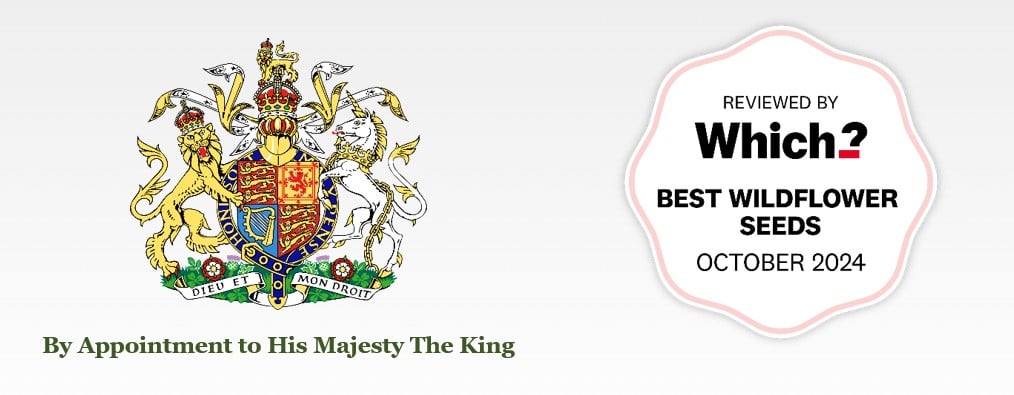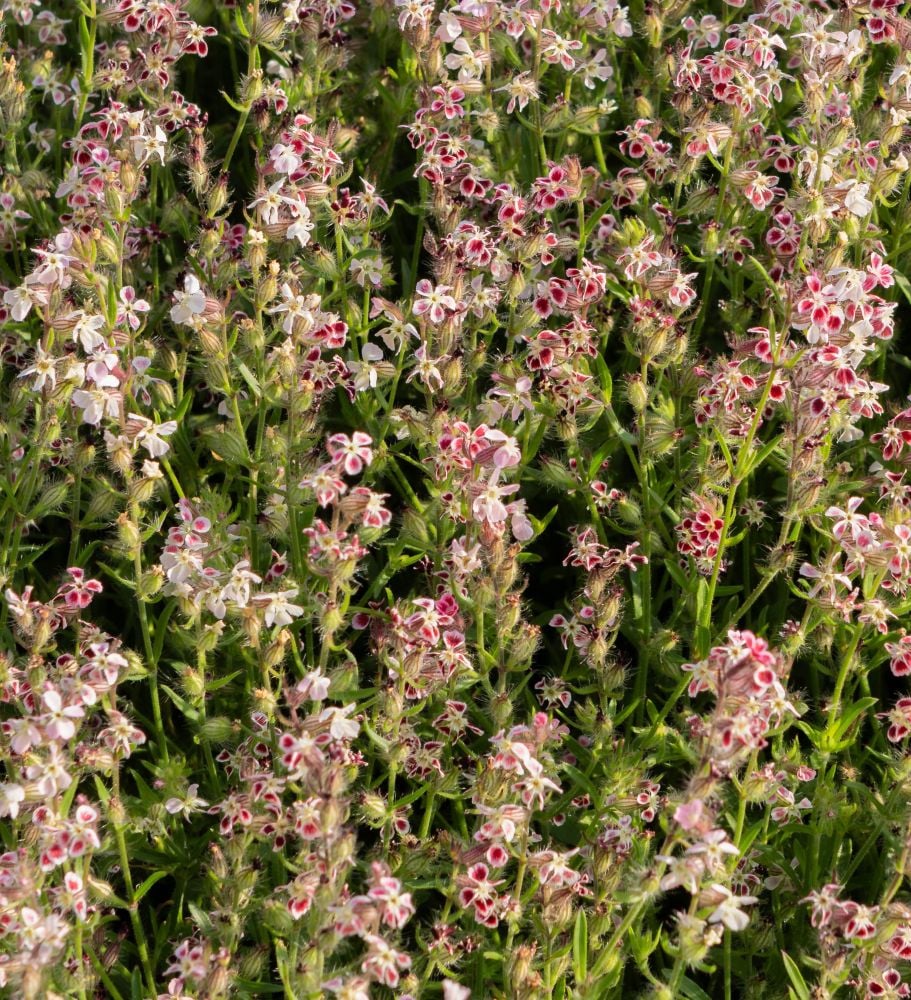Description
This rare cornfield annual is so attractive that it has been used as garden plant. It can be distinguished from other members of its genus by its diminutive stature, the soft sticky hairs on its stem and calyx and its small, narrow, lanceolate middle stem leaves. Three varieties exist in Britain, two of which were present in the Norfolk population from where our seed originated. Var. anglica is the commonest form and has small off-white petals and var. quinquevulnera which has white to pale pink petals marked with a wide red spot at the base.
Habitat Information
Small-flowered Catchfly is an archaeophyte having been with us since the iron-age. Primarily an arable species found at the margins of spring crops it can also occasionally be found on dry, sunny banks near the sea and along disused railway lines. It tolerates quite a range of pH and favours lighter soils with low nutrient levels. It requires open ground subject to some regular disturbance. Improved seed cleaning techniques, agricultural intensification, modern herbicides, and the increased use of fertilizers have all contributed to the loss of this species over much of its range. At present its stronghold is in Cornwall and the Isles of Scilly with a more scattered distribution along the southern coast of England and Wales plus a few sites in the sandy soils of Norfolk and Suffolk.
Growing Information.
You need to sow on to bare soil or a seed tray. Spring (March/April) will give the most reliable results but seed sown in the autumn will flower earlier, however it is a bit riskier as seedlings will die if temperatures fall below -10˚C. Although described as and annual you may find some plants will persist for another year.


